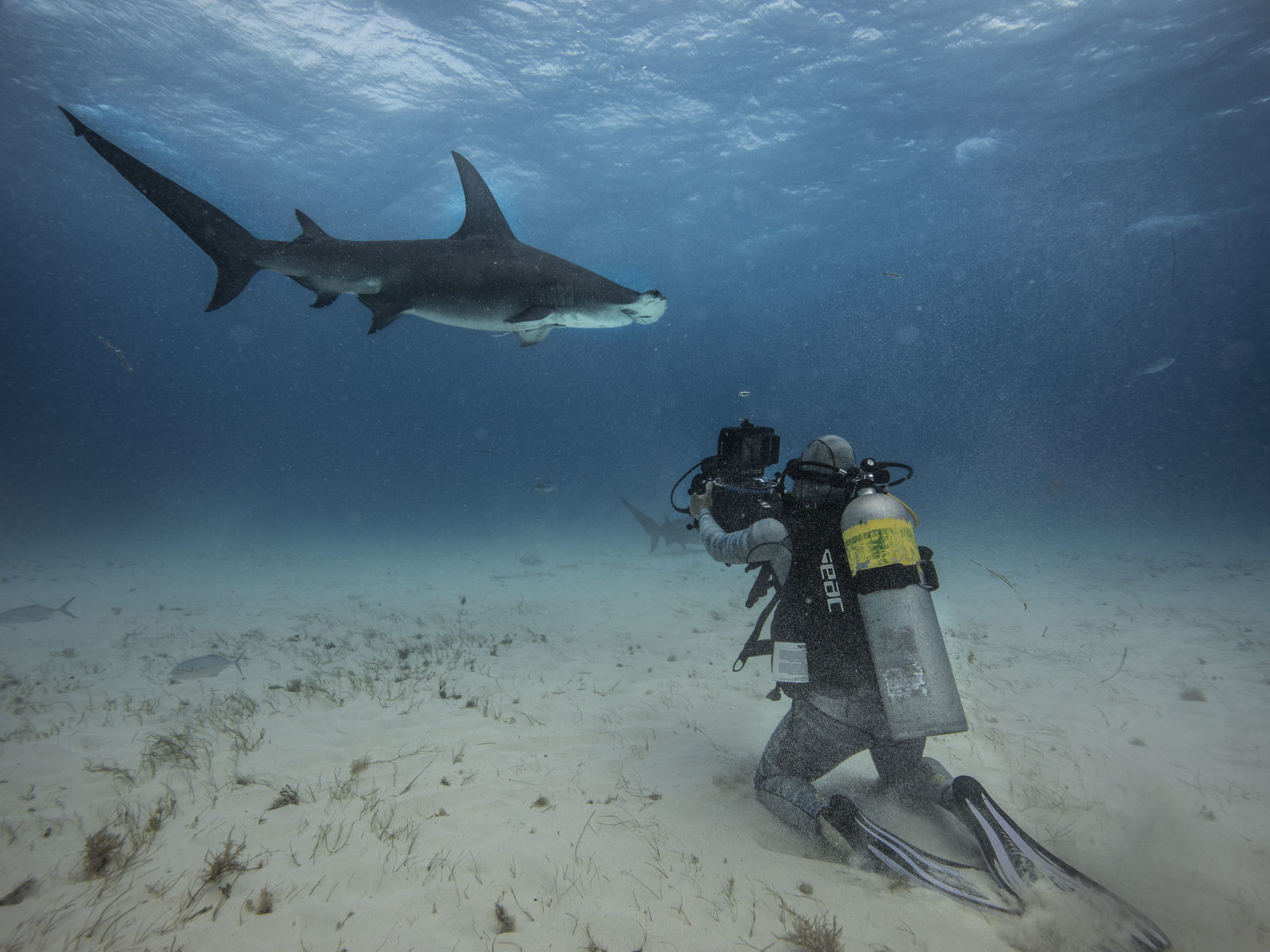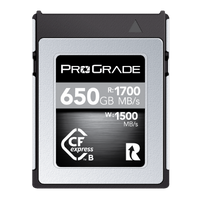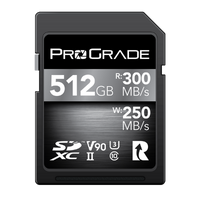Filmmaker, photographer, producer, and adventure fanatic. Filipe DeAndrade is best known for his renowned Nat Geo Wild digital series “Untamed with Filipe DeAndrade.” We had the chance to sit down with him and learn about the challenges of shooting wildlife and everything he had to overcome to get where he is now.
Brazilian-born, Cleveland-raised filmmaker Filipe DeAndrade has a passion for wildlife and freely admits he is addicted to adventure. Being face to face with sharks or humpback whales is something most of us prefer not to experience, but to Filipe, this is just another day at the office.
In 2015 Filipe won National Geographic’s WILD to Inspire short film contest at the Sun Valley Film Festival. He is also the recipient of 20 NY Emmy Awards, both as a producer and photographer.
“Animals are the worst actors. They never show up on time, and when they finally do, they want to eat each other.” – Filipe DeAndrade
1. Your childhood wasn’t easy. Leaving home, emigrating to the USA, living as an illegal immigrant. What kind of impact did that have on your work and career choices?
When you grow up as an illegal immigrant, you live in hiding. When nothing in my family life or the world around me made any sense, nature brought me salvation. I ran to it during hard times. Whenever in the wilderness, I felt a special connection to all the creatures. As an illegal immigrant, I was voiceless, and so were these creatures. The moment I picked up the camera, I found my voice. I use my camera to tell stories of wild animals and inspire others to fall in love with the wild, the same way I have.
2. You’ve worked on “Untamed” for National Geographic, “Wild Babies” for Netflix, “Earth Moods” for Disney. Those are just a few to mention. What projects excite you the most?
I shot and edited National Geographic’s first-ever Shark Virtual Reality (VR) experience. That was new and definitely exciting. But what I’m most proud of is the conservation work that has stemmed from all those projects. I’ve been a part of helping gray wolves in North America, adding protection for sharks in Florida, and extending national parks in Costa Rica. Whenever I get to photograph or document wildlife, and that ends up helping them, those are the things that I am most proud of.
3. Most of us will only ever experience wildlife through images. Like the ones you capture. A single frame in time. Can you talk a bit about what it’s really like to be out there and seize that single frame?
When it comes to working with wildlife, you know, animals are the worst actors. They never show up on time, and when they finally do, they want to eat each other. There’s no union for that. There are absolutely no civilized conditions when filming wildlife. But that’s what makes animals the most incredible subjects on the planet. You’re always going to get something that exceeds your expectations.
When you are filming pelicans, and suddenly, out of nowhere, a giant, almost 60-foot fin whale comes and swallows half of the bait ball right in front of your frame and almost takes you out with it, you know that you have witnessed and captured something unique. I’m glad I survived to tell the story. Looking back, it’s one of my favorite experiences as a wildlife filmmaker.
4. What are your other biggest challenges? Except for being eaten by wild animals?
The biggest challenges I face, surprisingly, are not the obvious ones. I’m not afraid of getting eaten by a Jaguar, bitten by a snake, or swallowed by a whale. It’s actually the lack of biodiversity and the rate of extinction that our planet is experiencing. The increasing pressure that we humans put on animals keeps reducing their numbers. So, finding the animals where they once were – that’s the real challenge.
5. What about gear? Filming jaguars and giant fin whales must also be challenging for your gear. What kind of equipment do you use? And what do you value in memory cards?
I love RED cameras. I love filming on high-quality cameras capable of shooting 4K and 8K at high frame rates. For ultra slo-mo shots, 4K at 1,000 frames per second, I use Phantom Flex, and for stills, Canon EOS R5.
We’re constantly in hostile environments – jungles, oceans, desert ecosystems. Places that are completely outside of the realm of a studio and continually put the gear to the test. So, everything needs to be durable and dependable. Not only cameras but also lenses, housings they go in, and memory cards. There’s no “take two” when shooting wildlife. That’s why it’s an absolute must to use the most dependable cameras and component them with the most dependable memory cards.
Think about this. You travel all the way out to a place like French Polynesia, get on a boat, and in the middle of nowhere, you plunge into the water. Then, while submerged in this pristine marine ecosystem, a gorgeous pelagic oceanic manta ray swims right up to you and starts staring into your soul. When you hit that record button, you don’t want to have a second guess as to whether the camera is speaking to the memory card and the card is speaking back to that camera. You want to know, with absolute certainty, that you made the right decision on all of your gear choices.
This is exactly why I use ProGrade Digital memory cards. They are reliable, durable, and can handle high bit rates. But I also love that ProGrade stands behind its products from an environmental standpoint. Their recent transition to eco-friendly packaging is a giant step toward becoming environmentally conscious. By replacing plastic jewel cases with a blend of sugar cane and wood pulp fibers, compostable tray and plastic bags with biodegradable shrink wrap, ProGrade makes a huge difference. Single-use plastics are one of the most damaging elements in our oceans. The fact that ProGrade has removed plastics from their packaging is one of the main reasons I decided to partner with them. When purchasing from ProGrade, you’re protecting the animals you’re filming.
6. What kind of advice would you give to aspiring wildlife photographers?
At the beginning of my path, I did not know what I was doing. I had no idea if this would convert to any kind of career. I did not care about that. If you are doing what you love and if it brings you joy, keep doing it. You will figure out the rest along the way. Just remember to take failures along with success. Long hours, equipment failure, and missing once-in-a-lifetime shots are all part of it. But when one day it all comes together, and you happen to nail a shot – there is no greater feeling in the world. Life is a series of adaptations, and we’re meant to become better because of our hardships, not in spite of them.
Shop Filipe DeAndrade’s favorite memory cards from ProGrade Digital here.





